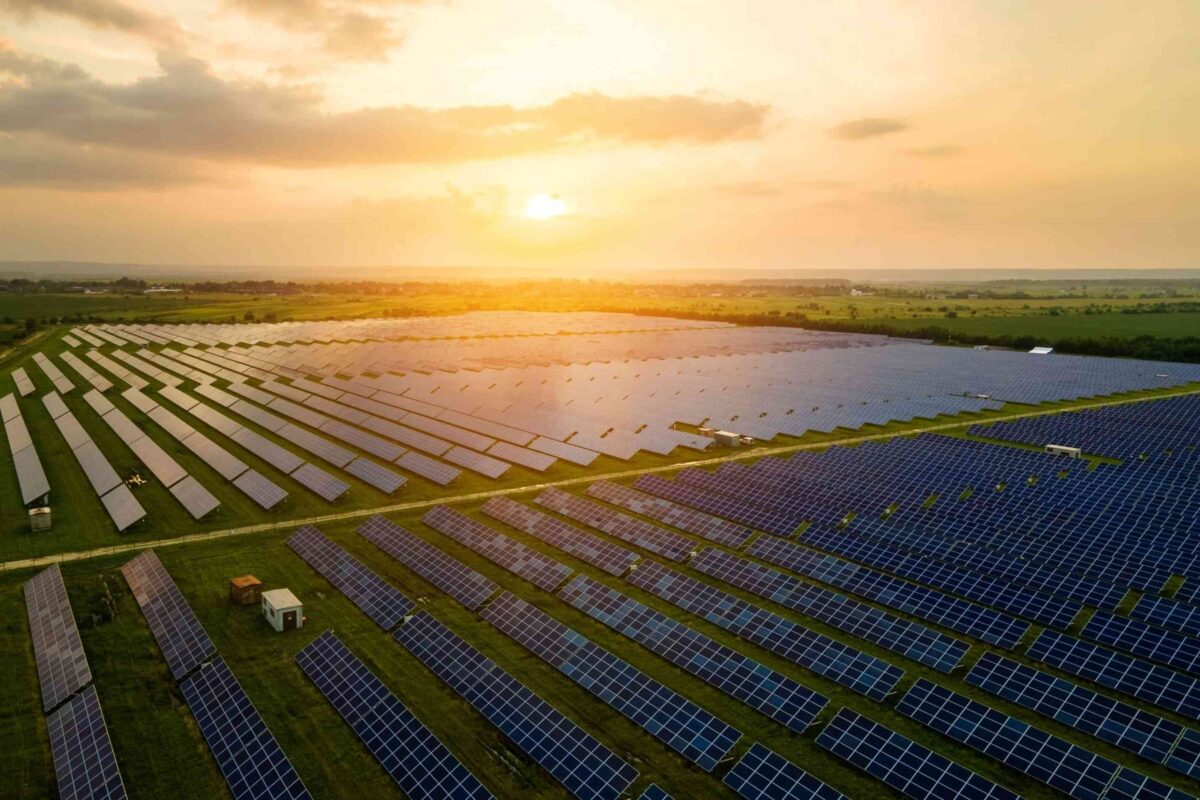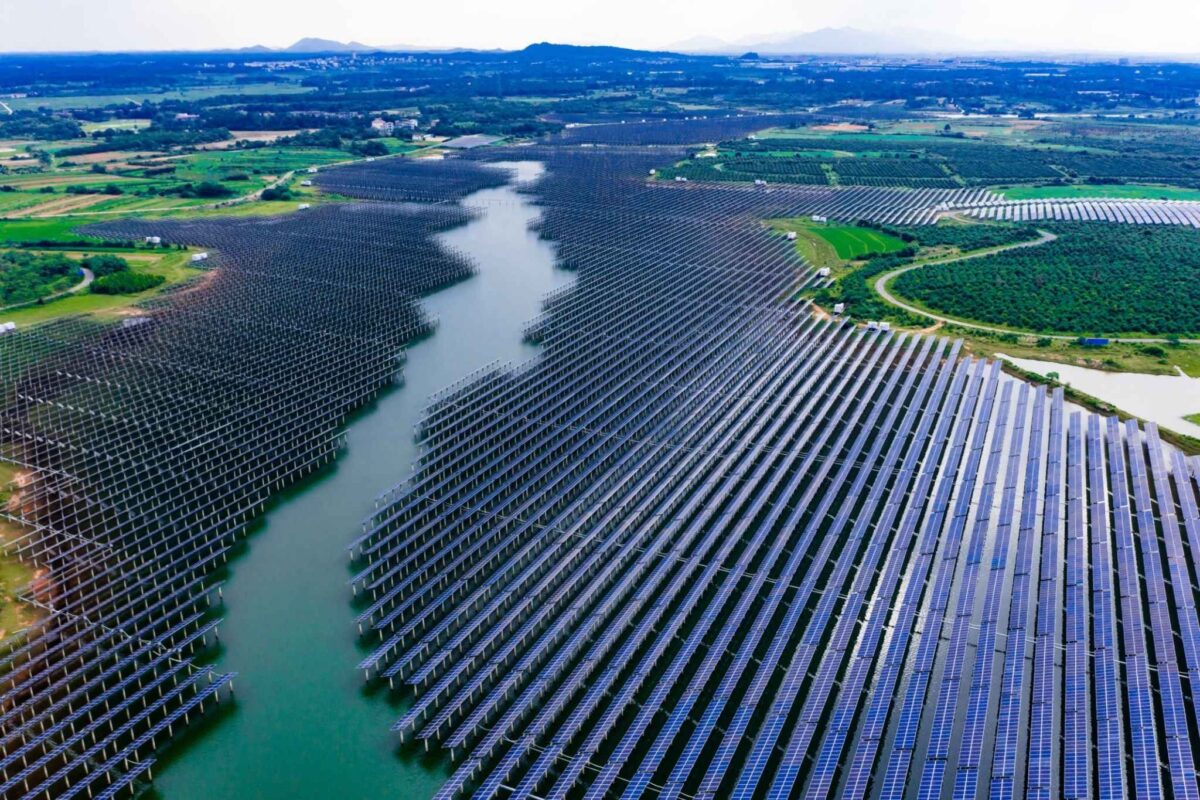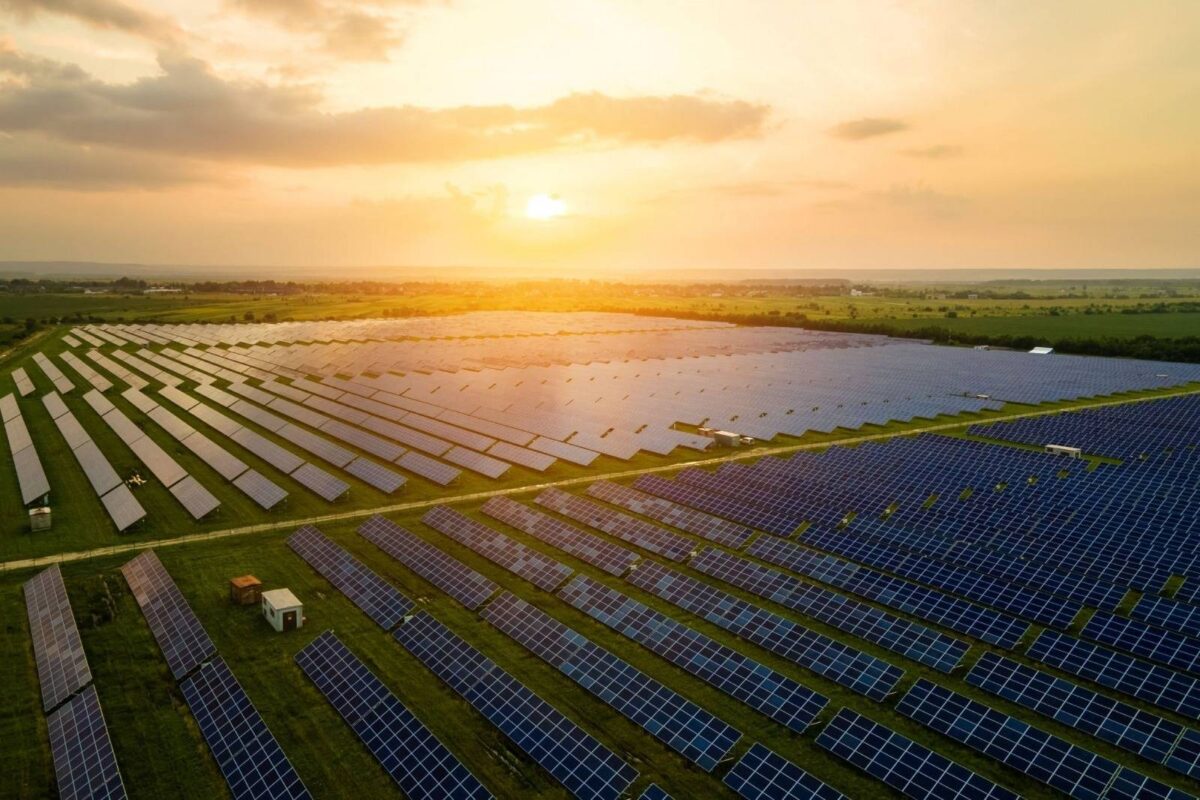In recent years, there has been an increasing need for renewable energy sources, and solar power has emerged as a promising solution. Solar panels that convert sunlight into electricity have become increasingly popular, and researchers are constantly looking for ways to improve their efficiency and reduce their cost. One approach is to develop next-generation solar cell materials that are more efficient, durable, and environmentally friendly. In this blog post, we will explore some of the latest developments in next-generation solar cell materials.
Perovskite Solar Cells
Perovskite solar cells have emerged as a promising alternative to conventional silicon-based solar cells. Perovskite materials are inexpensive, easy to manufacture, and have high power conversion efficiencies. Perovskite solar cells can also be made to be flexible, which makes them suitable for use in a wide range of applications, including wearable electronics and building-integrated photovoltaics.
Perovskite solar cells work by absorbing light and converting it into electricity. The perovskite material is made up of a mixture of organic and inorganic materials, and the crystal structure of the material plays a key role in its efficiency. Researchers are currently working on improving the stability and durability of perovskite solar cells, as well as reducing the cost of production.
One of the challenges with perovskite solar cells is their sensitivity to moisture and oxygen, which can cause them to degrade over time. Researchers are working on developing encapsulation techniques to protect the perovskite material from exposure to air and moisture. They are also exploring new ways to improve the stability of the material by adding additives or using new manufacturing processes.

Organic Solar Cells
Organic solar cells are another type of next-generation solar cell material that is being explored by researchers. Organic solar cells are made up of carbon-based materials that can be dissolved in solvents and printed onto flexible substrates. This makes them inexpensive and easy to manufacture on a large scale.
Organic solar cells work by absorbing light and converting it into electricity. The organic material is made up of a polymer or small molecule that can conduct electricity, and the efficiency of the solar cell depends on the structure of the material. Researchers are currently working on improving the efficiency of organic solar cells by developing new materials with better charge transport properties and better light absorption.
One of the challenges with organic solar cells is their stability over time. The organic materials used in these cells are sensitive to heat, light, and oxygen, which can cause them to degrade over time. Researchers are working on developing new materials and encapsulation techniques to improve the stability of organic solar cells.
Quantum Dot Solar Cells
Quantum dot solar cells are a type of next-generation solar cell material that is based on the principles of quantum mechanics. Quantum dots are nanocrystals made up of semiconductor materials that can be tuned to absorb light at specific wavelengths. This allows them to be used in solar cells that can absorb light across a wide range of the solar spectrum.
Quantum dot solar cells work by absorbing light and converting it into electricity. The quantum dots are embedded in a layer of a conducting material, and the efficiency of the solar cell depends on the size and shape of the quantum dots. Researchers are currently working on improving the efficiency of quantum dot solar cells by developing new materials and optimizing the structure of the solar cell.
One of the advantages of quantum dot solar cells is their versatility. They can be used in a wide range of applications, from large-scale solar farms to small portable devices. They are also relatively inexpensive to manufacture and can be made to be flexible.
Conclusion
In conclusion, the development of next-generation solar cell materials is essential for the continued growth of renewable energy. Perovskite solar cells, organic solar cells, and quantum dot solar cells all offer unique advantages and challenges, but they all have the potential to improve the efficiency, cost, and environmental impact of solar power. While there is still much work to be done to optimize these materials and bring them to market, the future looks bright for solar energy and the role that these next-generation solar cell materials will play in it.















